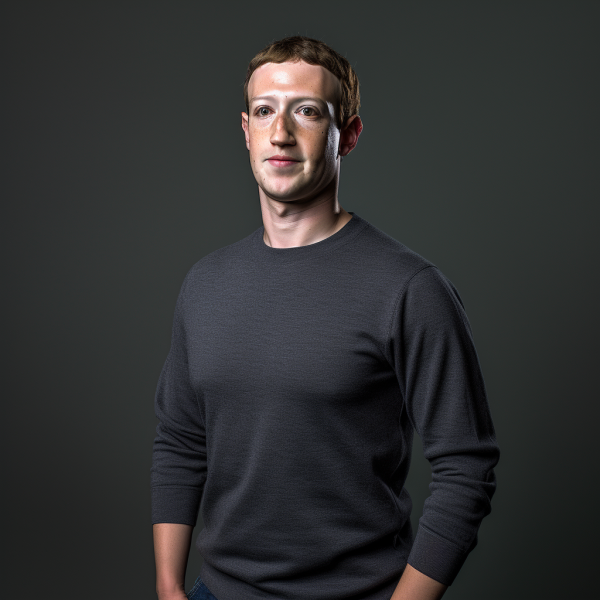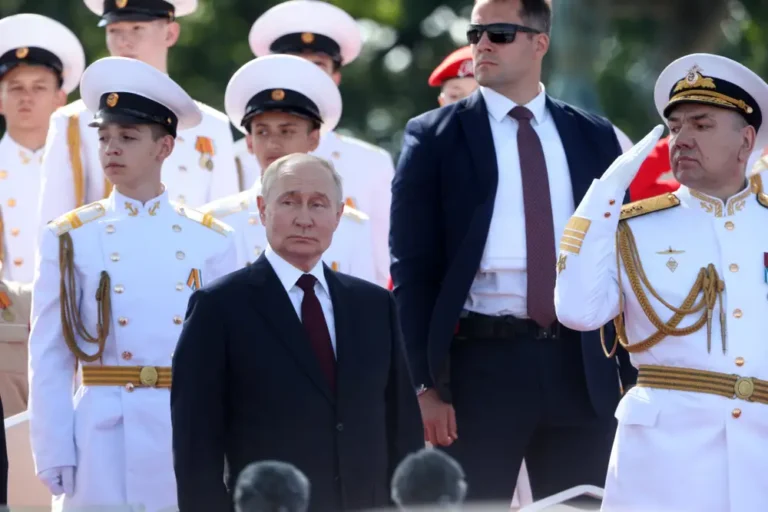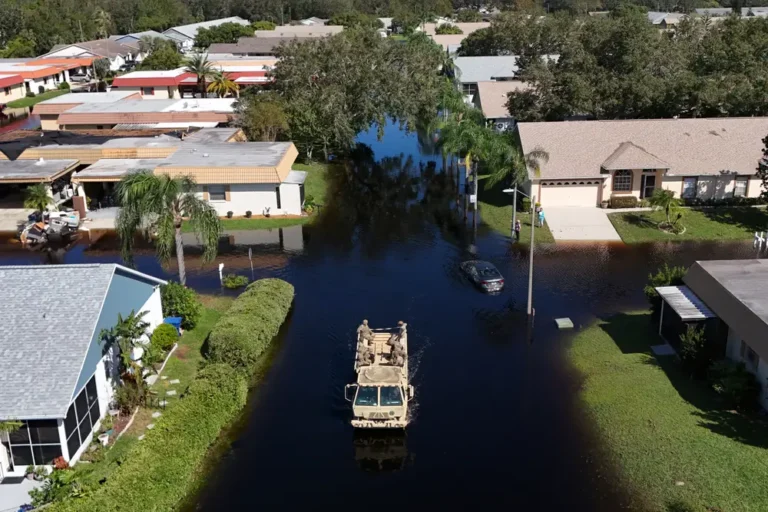Google and Meta are creating so much new ad inventory, it’s causing big price drops. Here’s how much ads cost across the Big Tech giants.

- Meta and Google are seeing a rebound in advertising revenue.
- Ad prices declined in the second quarter as new formats like Reels and Shorts rolled out.
- Insider compiled data from five firms that track digital ad prices.
After a few rough quarters, Google and Meta’s ad businesses are on the mend, and they’re producing so much short-form video ad inventory that the glut is driving ad prices down.
Although ad prices are typically lower in the second quarter as advertisers reduce mid-year spending in preparation for the fourth quarter holiday surge, this decrease is noteworthy after ad prices spiked in 2021.
Insider obtained data from five adtech companies and ad agencies that monitor ad pricing changes. Pricing data includes a variety of factors such as budget size and advertiser type.
The data is priced using the common cost per mille (CPM) mechanism, which is the amount advertisers pay to reach 1,000 people. We looked at cost per click (CPC) for ads designed to entice people to take more immediate action, such as Amazon’s and Google’s shopping and search ads.
A breakdown of ad prices by platform is provided below.
Amazon
CPC ratesAccording to ad agency Tinuiti, Sponsored Product ads increased by 3% year on year in the second quarter.
Amazon’s most popular ad format, which appears in search results, is Sponsored Products.
According to Andy Taylor, Tinuiti’s VP of research, it’s slightly more expensive because it’s gotten better at driving sales and advertisers are willing to pay more. Advertisers increased their spending on Sponsored Products ads by 8% year on year, while sales attributed to that format increased by 8%.
“Sales and spending are growing in lockstep with one another,” he said.
According to data from the e-commerce adtech firm Pacvue, ad prices for Sponsored Brands increased 5% quarter over quarter in the second quarter, with an average CPC of $1.21. In the second quarter, the average price for Sponsored Brands — an ad format that appears at the top of search results with a picture — was $1.54, a 3% increase from the previous quarter.
During the second quarter, Amazon reported $10.7 billion in ad sales, a 22% year-over-year increase.
CPC prices: According to Tinuiti, CPC prices in the second quarter were flat for search and decreased 18% year on year on YouTube.
Prices for Google’s core search ads haven’t changed in a year, and advertisers’ return on ad spend hasn’t either, according to Taylor.
According to analytics platform Triple Whale, which tracked ad spend for more than 3,500 e-commerce brands during the second quarter, the average CPC for Google search ads was $1.10.
However, the cost of YouTube ad inventory fell 18% year on year because there is more inventory for advertisers to buy, according to Tinuiti’s Taylor.
In May, YouTube increased its inventory by introducing new ads for the short-form video format Shorts.
“Anytime you have an influx of newer ad inventory, that inventory usually comes with lower ad pricing,” he explained.
While supply is increasing, demand is decreasing. According to Taylor, there is less competition in YouTube’s ad auctions because branding ad dollars have declined over the last year, lowering pricing.
Google’s programmatic network, which places ads on publishers’ websites, has reduced ad prices. According to Mike Ryan, head of e-commerce insights at Smarter Ecommerce, CPMs fell 2% from the first to the second quarter, with an average price of $1.50.
Meta
CPM prices fell 25% year on year for Facebook and 29% year on year for Instagram in the second quarter, according to Tinuiti.
Meta has recovered from Apple’s privacy update, and ads are becoming more affordable as the company stuffs more ads into Facebook and Instagram.
Meta is finally making money with Reels. During its second-quarter earnings call, the company stated that Reels had a $10 billion annual run rate, up from $3 billion in November. According to Tinuiti, Instagram Reels ad inventory is both plentiful and 39% less expensive than Instagram Feed ads.
This dynamic is driving down Instagram Feed ad prices even further. Taylor anticipates that prices on Instagram will continue to fall this year as Reels content grows.
Meta also increased the number of ads on its Facebook Marketplace, which reduced Facebook ad prices by 25%, according to Taylor.
According to data from measurement firm Measured, despite the price decrease, Meta ads still cost more than those on other social media sites. In the second quarter, the average Meta CPM was $9.77, higher than Pinterest’s average of $8.16, TikTok’s average of $7.36, and Snap’s average of $3.82.
TikTok
CPM prices: According to Tinuiti, CPM prices fell 4% year on year in the second quarter.
TikTok’s ad prices had been volatile, but are now leveling off as more advertisers run ads on the platform, according to Tinuiti’s Taylor. It demonstrates that TikTok’s ad auctions are becoming more predictable as the initial influx of new advertisers to the platform slows, he said.
He anticipates TikTok will roll out more ad formats in the coming months, potentially further lowering prices.
According to Measured data, the average TikTok CPM during the second quarter was $7.36.






